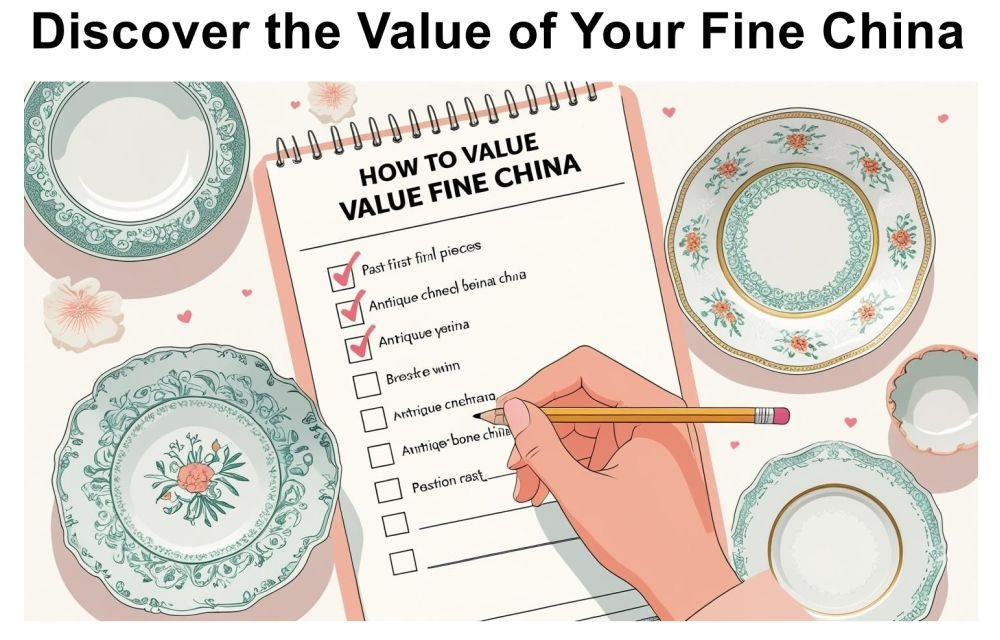Collectible Figurines - Parian Statue?
by Nevin Heller
(Century, FL)
Collectible Figurines - Parian Statue?:- I have a 13.5 inch high parian (or porcelain) statue. I Would like to know about the maker's mark? I sent two pix by sending one at a time (a new submission form for each).
Thanks,
Nevin
===================================
Reply by Peter (admin)
to Collectible Figurines - Parian Statue?
Dear Nevin
Thanks you for successfully uploading two photos using two separate submission forms. The current technology does not yet have the functionality to upload two at once, unless you are able to merge them into one photo at your end. We merge the photos at our end when your submission is chosen for publication.
Yours has been chosen because you took the trouble to fulfill all the criteria (joined the Newsletter etc)..... and you have a very interesting topic to discuss.
You have uncovered something of a mystery with this collectible figurine - which I think you may well need expert antiquarian analysis to solve ultimately, but I can give my two-pennies worth first (see the article below for my recommendations for online professional appraisal services).
Let's look at the sculpting first. In my view the sculpting is of a high standard - It looks to me most like a Victorian 'homage' to classical Ancient Roman statuary, paralleling the look of Renaissance artists. The Victorian era would fit in most with the high period of collectible figurines in parian ware.
The catalogue of the Great Exhibition of 1851 gives Thomas Battam credit for inventing parian which is actually not at all like porcelain as it is fired at lower temperatures and essentially has a matt finish being unglazed. It has a rather stark look and a tendency to attracts dirt and be difficult to keep clean. It is classified as a soft porcelain - but ironically has a higher content of feldspar than porcelain.
Several English factories claimed credit for its development (including colleagues at Royal Worcester). However, Copeland and Garrett (associated with Spode who invented bone china) was the first to produce it in 1842.
Several potteries made it under different names. Copeland was selling it as "statuary porcelain".
Wedgwood named it "Carrara," in homage to Michelangelo's marble quarry.
It was Minton which coined the word "Parian" suggesting Paros, the Greek isle that furnished much of the marble used in the classical period.
So it was the Victorian era which saw the height of fashion for Parian ware collectible figurines and busts - especially between c1870 to c1890.
It was, of course the the marble-like effect of parian which attracted the Victorians. Every properly furnished Victorian parlor contained at least one figurine in parian ware.
In my mind, it is most likely your very collectible figurine is Victorian - as this is when classical statuary was at it's height.
But who made it?
This is where the mystery deepens. The star or asterisk mark with which it is hand-signed has no recorded Victorian maker - at least not in any of my reference books. In fact there is only one reference to this exact mark at all.
The person who marked the piece knew a thing or two about European porcelain as they were paying homage to the earliest documented wares in European ceramics. The three stroke asterisk mark with the little balls on the end (which you can see clearly from the enhanced photo) is an exact replica (surely this can be no co-incidence) of the 'drug jars' made in Tuscany in 1430-31 for the hospital of the Santa Maria Nuova.
I hope you are able to go on to find a solution to the mystery of who made your parian mother and child collectible figurine. See below for my review of professional online appraisers.
Best regards
Peter (admin)
p.s. The following page is a 'must see' if you are researching fine china - for value and identification:-
Researching the identity and value of antique and vintage fine china.
Comments for Collectible Figurines - Parian Statue?
|
||
|
||
|
||
|
||

Inherited a china set?... Download my free 7-point checklist to instantly assess its potential value.
From the Studio
• Peter Holland Posters
• Sculpture Studio


